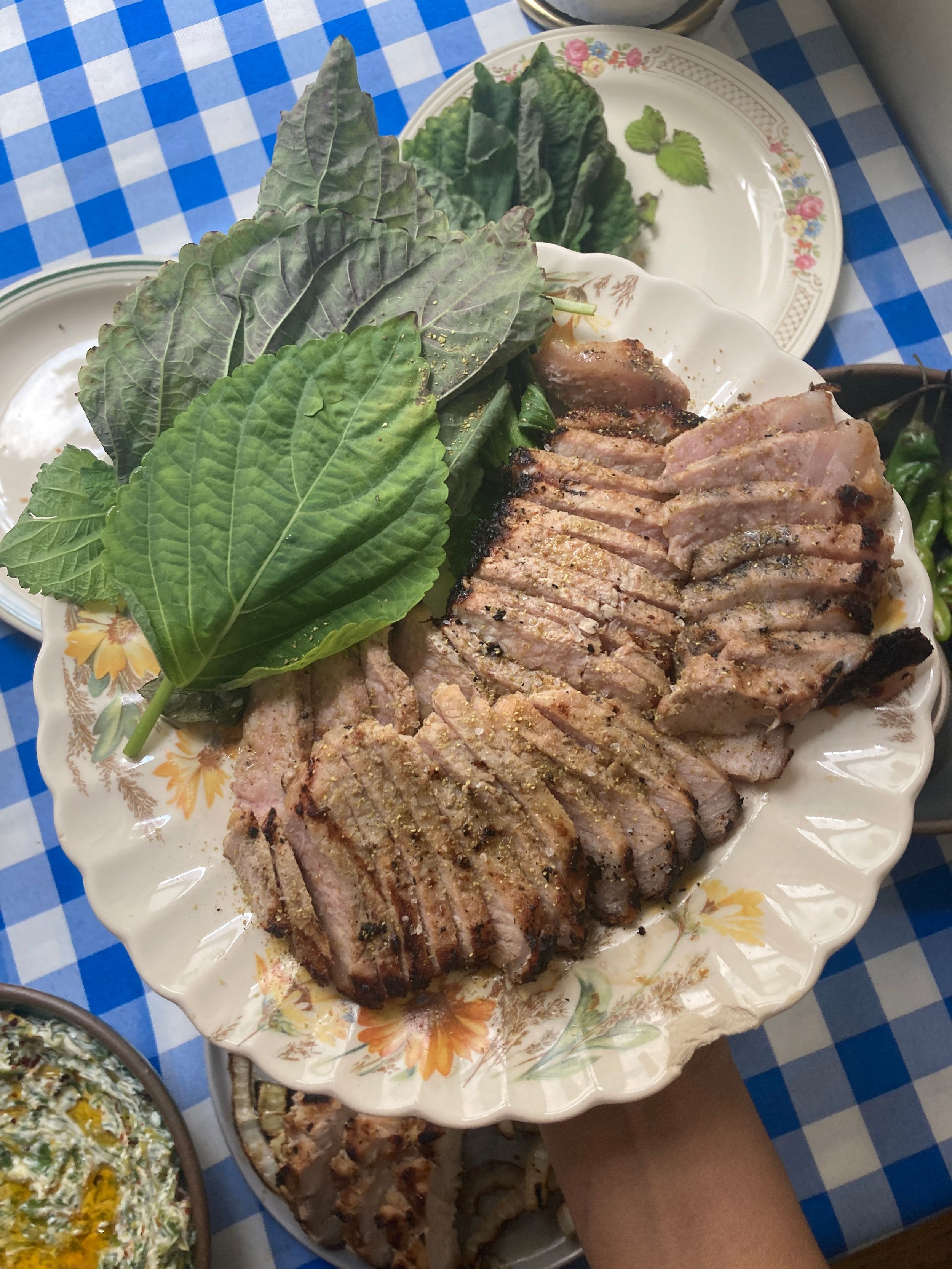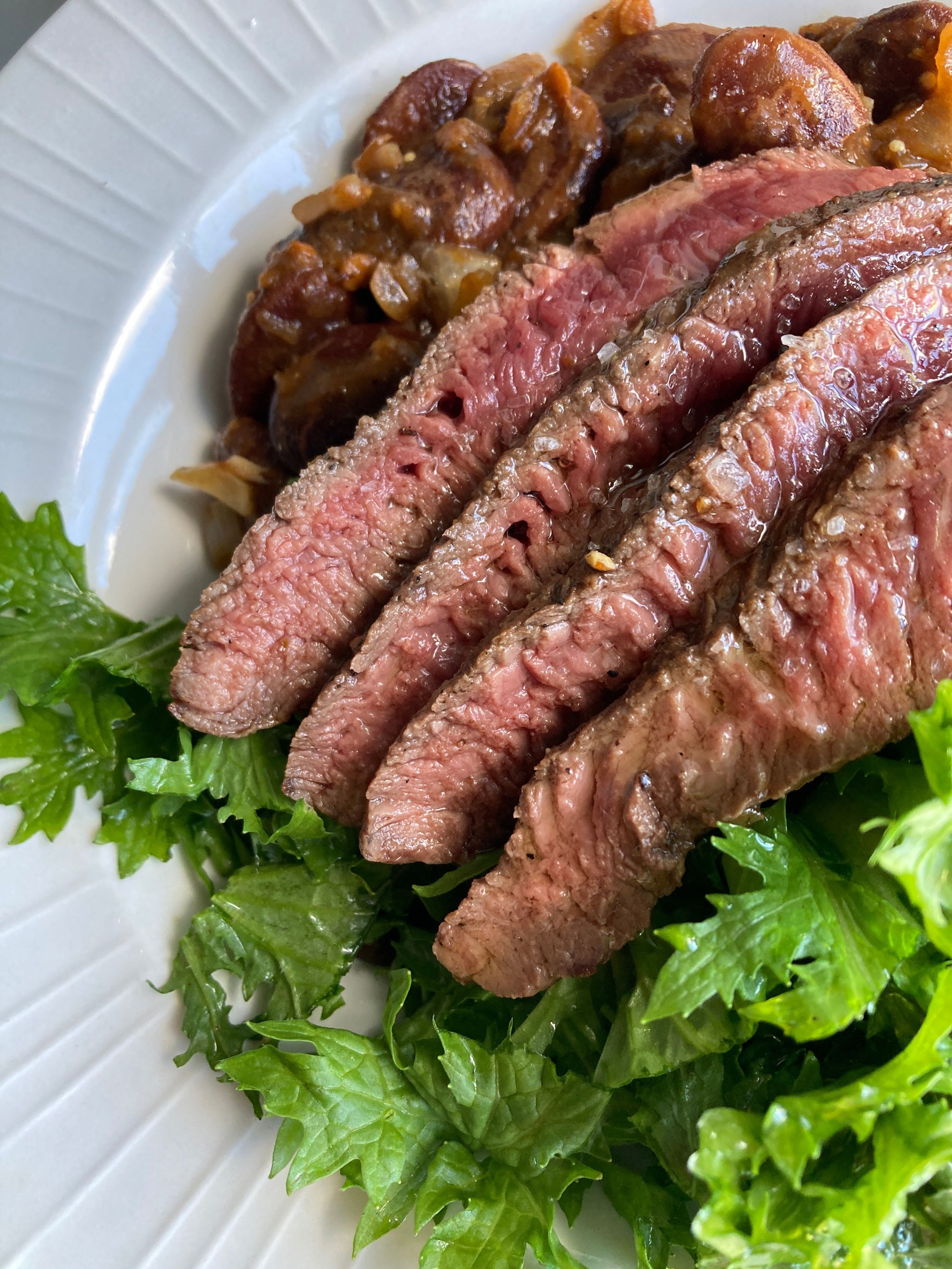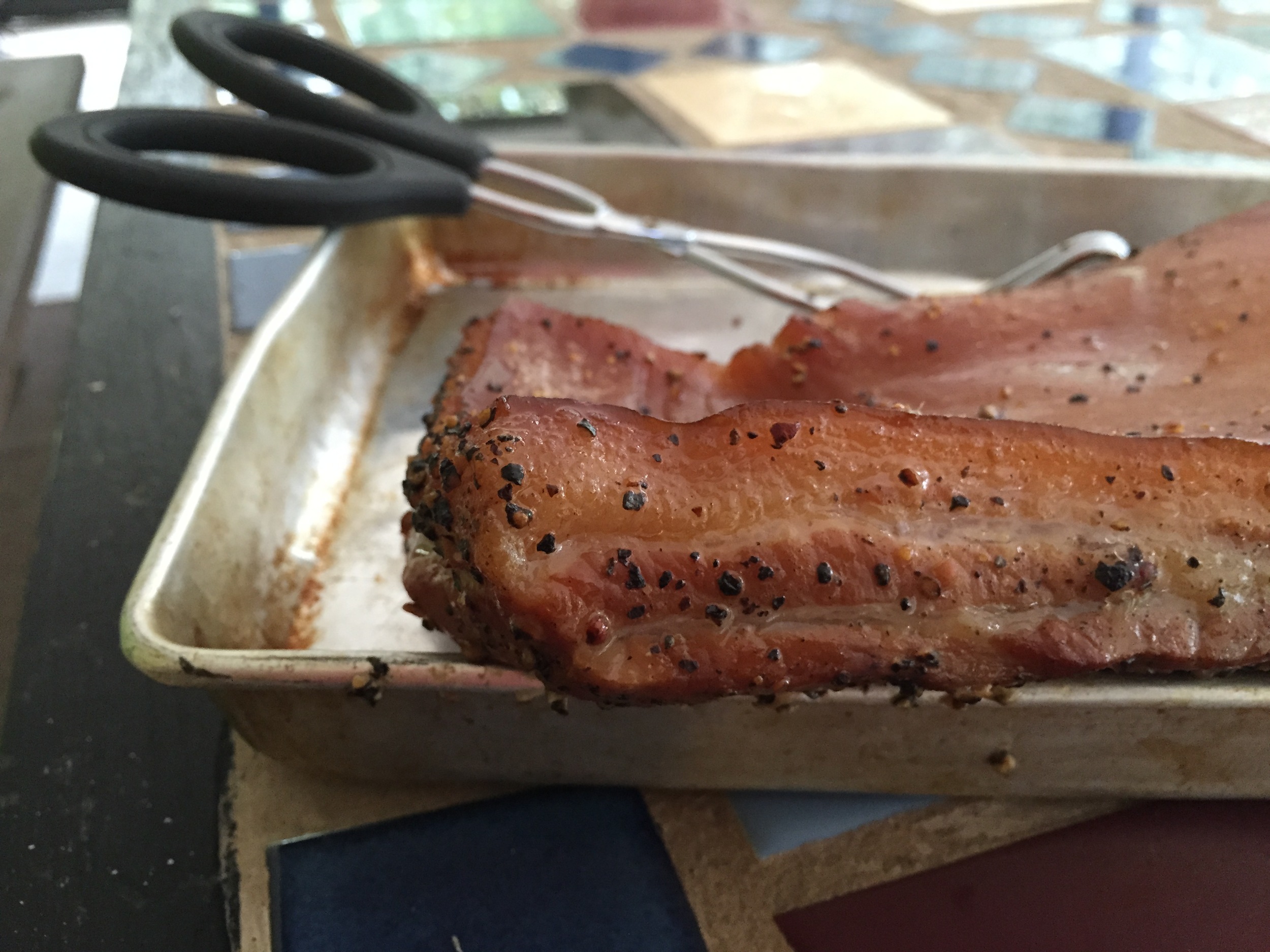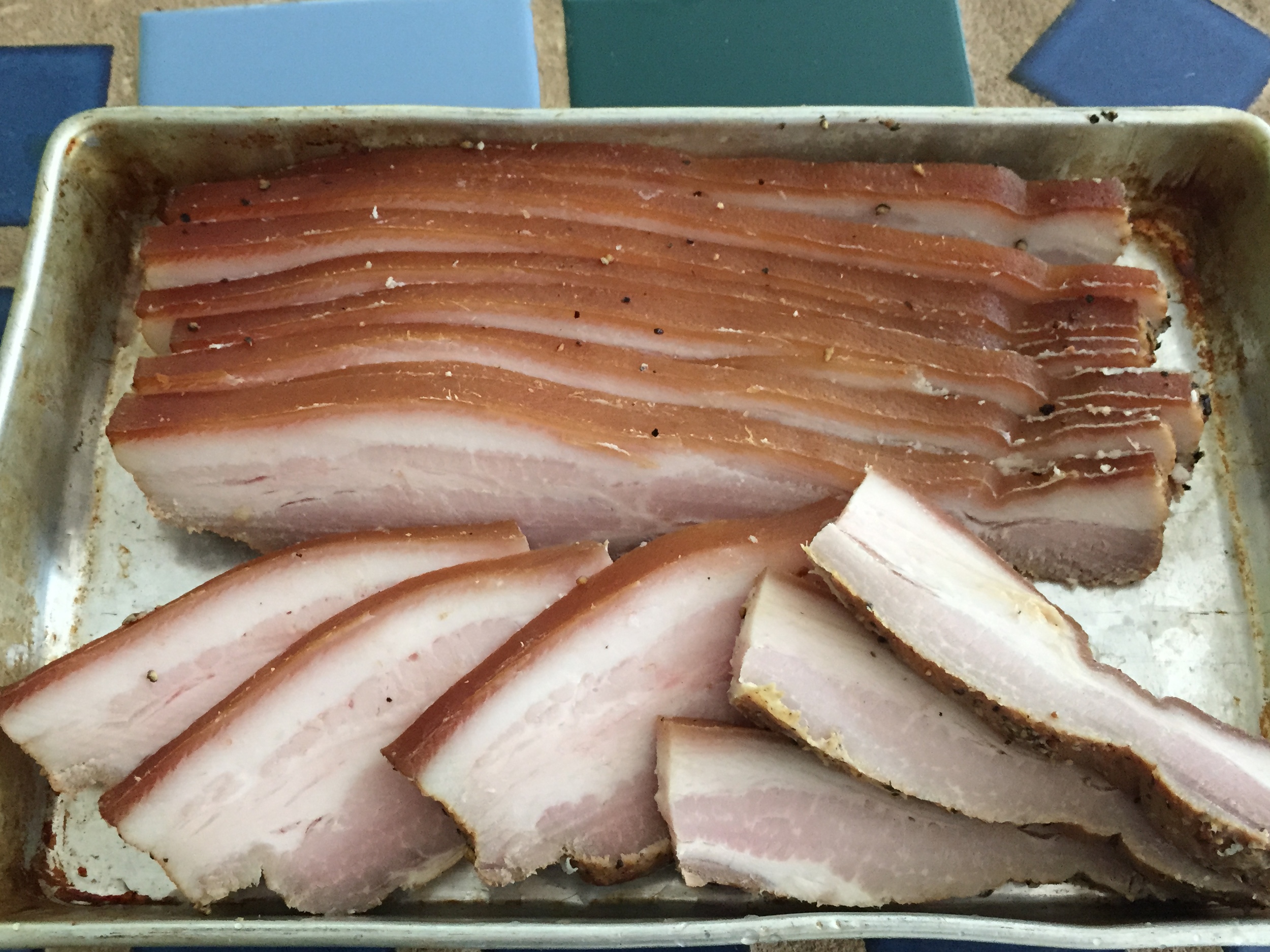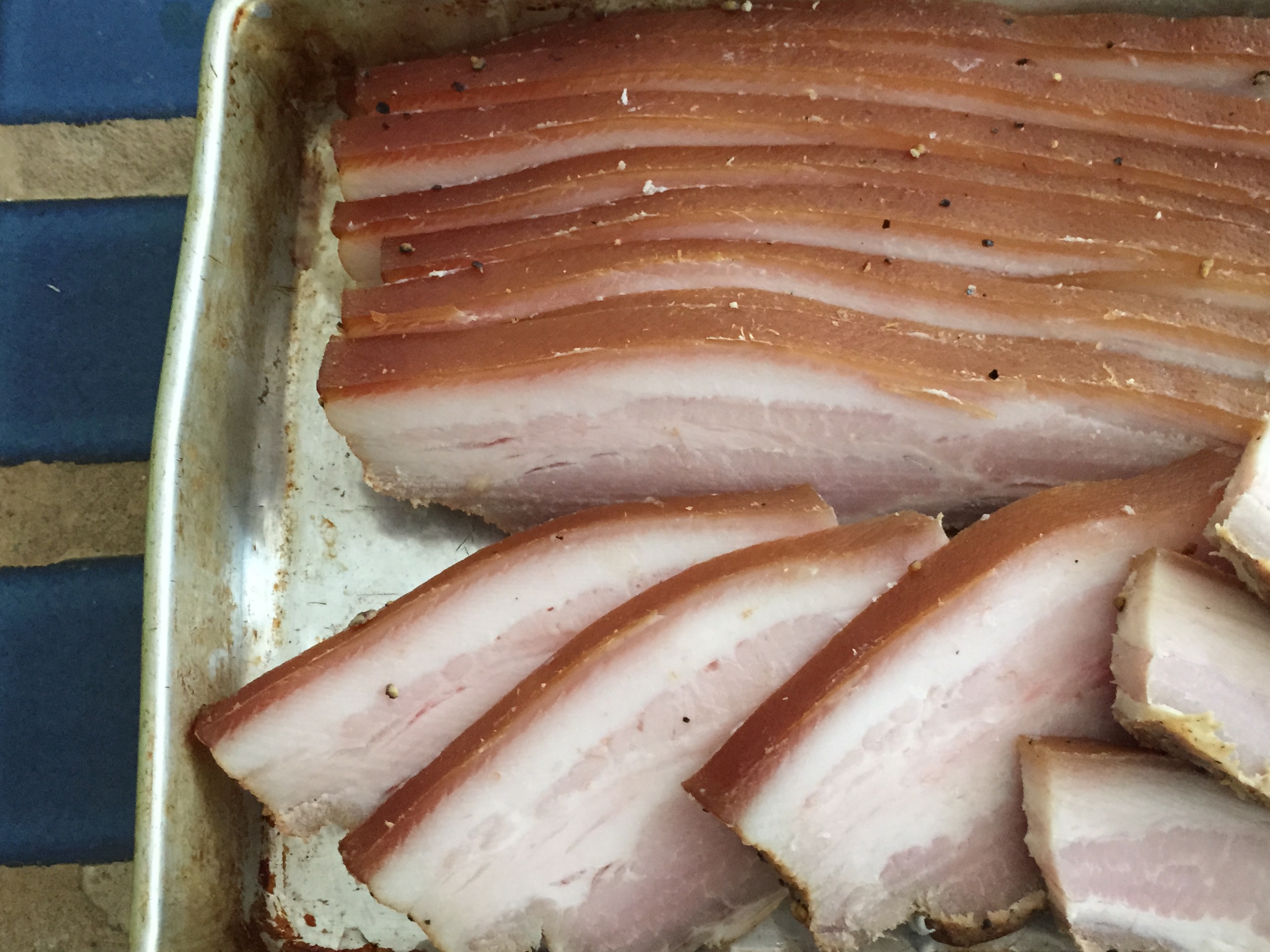This is a sponsored post and contains affiliate links. TL:DR I’m working with D’Artagnan and earn commissions when you shop through my link.
For years D’Artagnan has been a leader in specialty meats and the only place to get duck, truffles, and foie gras shipped to your door. With the rise of many other services, D’Artagnan has persisted in its mission to consciously raise meats from independent farms to keep their practices transparent.
I was lucky enough to attend the International Association of Culinary Professionals (IACP) conference in 2018 and caught a duck butchery demonstration with Ariane Daguin, the owner and CEO of D’Artagnan. She also happened to receive a Trailblazer award that year. She made herself available to the audience to ask questions about her landmark products and how hands-on she is in the production process. She is known for launching the first domestically made foie gras in the United States. D’Artagnan defines foie gras as “enhanced” duck or goose liver. It’s a fraught food because geese and ducks are typically force-fed to enlarge their liver. The practice was even banned in California and has been tied up in courts up through last year. At D’Artagnan, they make foie gras from Moulard ducks and explain their stress-free process:
“Waterfowl have a natural propensity to gorge themselves before leaving on long migratory flights. They store the fat in their liver, which serves as a gas tank, and under the skin, which protects them from the cold at high altitudes. Humans discovered this fattened and delicious liver while hunting migratory ducks and geese, and soon found a way to reproduce it when the fowl was domesticated. The first record of fattening ducks is in Egyptian tombs, where vivid paintings depict the special feeding. Since the esophagus of a duck is thickened to protect it from harm when swallowing whole fish, frogs, and other prey, it is impervious to pain. A small funnel slipped into the mouth of the duck delivers a quick burst of mashed corn directly to the gullet. This high-calorie diet reproduces the natural process of gorging and causes the liver to expand and grow fatty.”
To be honest, I rarely ate duck. My family never cooked it and it felt too expensive to splurge on Peking duck at restaurants. Duck was part of my culinary awakening in my late 20’s, I tore through Kitchen Confidential and visited Les Halles where Anthony Bourdain used to work. I ordered the duck confit and it clicked. How wonderful is it that duck can taste so good, get so crispy, and even better, you can use its rendered fat to roast potatoes. It’s lower in saturated fat and higher amounts of “good” unsaturated fats compared to beef and pork fat. Whenever I need duck, premium charcuterie, and ethically made foie gras, I look to D’Artagnan.
How do I use D’Artagnan?
Here is a running list of dishes that I’ve made with D’Artagnan products.
Foie Gras Butter
I ordered the foie gras chunks, which are offcuts of the larger pate and torchon. I trimmed them and tossed them in a dry cure. After curing overnight, I blended the foie one piece at a time into softened unsalted butter. The result is a luxurious smooth butter for biscuits, finishing steaks, and fancy floats for soup.
Cheese & Charcuterie Grazing Board
For Valentine’s Day, I created large grazing boards with cheeses, fruits, nuts, and homemade focaccia. I also featured D’Artagnan duck rillettes, the above foie gras butter, wagyu bresaola, wild boar lonza, and sliced Iberico jamon.
Jamon Iberico & Mushroom Nabe
Japanese nabe or hot pot is traditionally made with uncured pork belly. It is generally advised that bacon is too salty for this application, but a single slice of this otherwise vegetable forward dish gives it a savory, luxe finish when you dip it in ponzu and eat it.
FAQ
What is D’Artagnan?
D’Artagnan is an online meat and luxury food company. They are known for their free-range, natural production, and sustainable humane farming practices on products from organic chicken to grass-fed beef to lamb, heritage pork, and other meats. They are also a leading source of specialty mushrooms, foie gras, and finishing oils. Moreover, they partner with independent family farms and ranches. You won’t catch them using added antibiotics or hormones.
What is your relationship with D’Artagnan?
I am an affiliate partner. That means that I get compensated by D’Artagnan for every purchase made through my links on this post.





